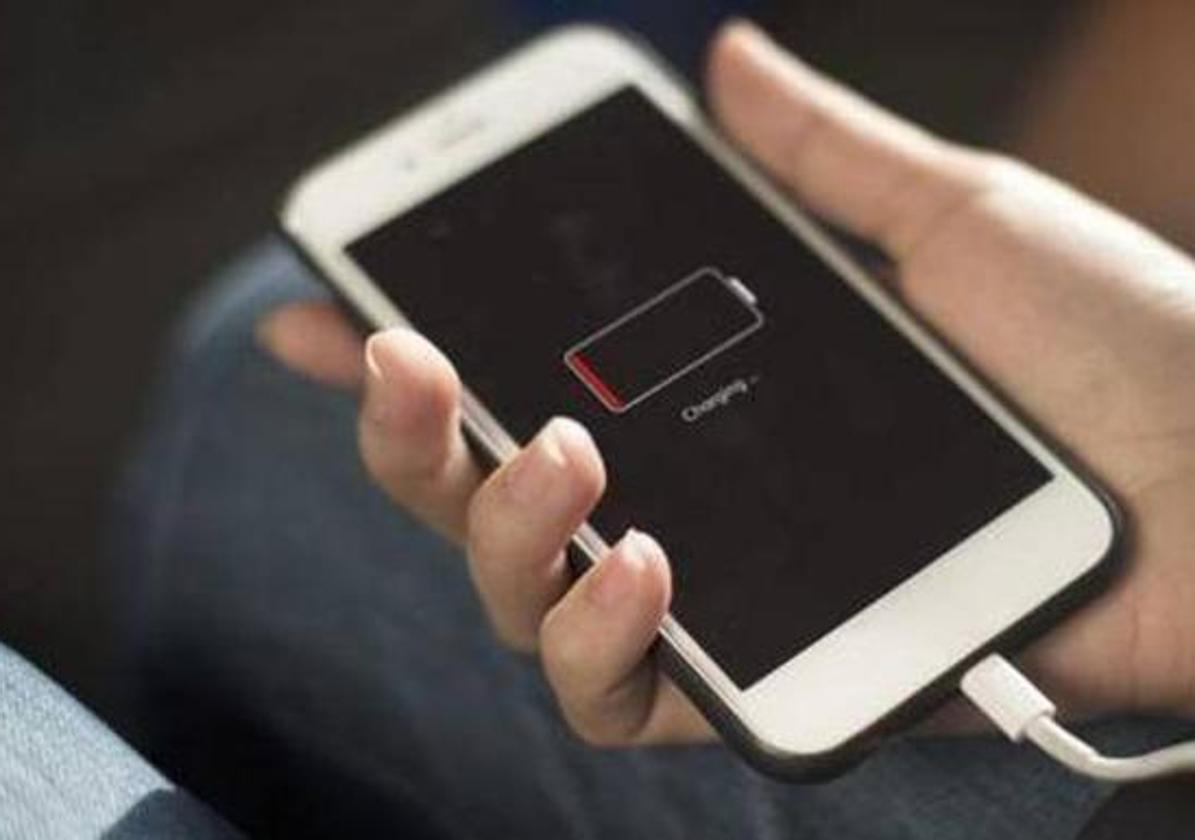

Sections
Highlight

You leave home in a hurry because you have to be at the airport two hours before your flight and you're already late. When you arrive you realise that you have barely 10% charge left in your phone. Fortunately, the airport offers USB charging posts for your phone. That's lucky..., or maybe not.
Spain's Office for Internet Security (OSI) has warned of a technique known as 'juice jacking' used by cybercriminals to access mobile devices and steal data or install malicious software (malware) by taking advantage of public USB connections in cafés, trains, buses, hotels, etc.
The OSI explained that malware infection techniques are becoming increasingly sophisticated, being able to survive even if the phone is wiped. Once access has been gained to the device, the cybercriminal can gain access to any data on the phone, from photos, location, call history, app data, files, banking information or digital certificates.
It is safest to always have a sufficient charge in your phone or carry a portable external battery. Connecting your phone to a USB port at public charging stations, in addition to the possibility of 'juice jacking', may cause devices to break more easily or cause physical damage to the phone by not providing a stable voltage or current.
OSI also recommends disabling data transfer and/or USB modem from the device, if enabled, in the "options" menu.
However, if public charging posts still need to be used, the organisation advised keeping the device under surveillance at all times; charging for as little time as possible and with the screen locked to minimise data transmission, and not accepting connection requests if a notification appears asking you to do so. The best option, however, is to plug the complete charger (adapter and cable) into any normal power socket.
There are also certain devices such as the 'Juice Jack Defender', which acts as a shield by blocking data transfer.
For those who still want to go a step further, if using Android, you can disable USB debugging and developer settings; if using iOS, you can disable developer mode from the 'Settings' menu under 'Developer' (if enabled).
If the mobile device cannot be accessed (some malware changes screen lock passwords); if you notice sudden changes in performance, slowdowns or random reboots; if the screen freezes and becomes unresponsive; if you find applications that were not installed on the device; if you see a lot of advertising messages; or if you detect changes in the settings, your mobile phone may be infected.
If so, OSI explains that the first step is to switch off the phone to prevent data transmission and the malware itself from continuing to operate. The next step is to log out, change all passwords and block any linked bank cards.
If this still does not solve the problem, the Internet Security Office advises people to seek professional technical help.
Publicidad
Publicidad
Publicidad
Publicidad
Esta funcionalidad es exclusiva para registrados.
Reporta un error en esta noticia

Debido a un error no hemos podido dar de alta tu suscripción.
Por favor, ponte en contacto con Atención al Cliente.

¡Bienvenido a SURINENGLISH!

Tu suscripción con Google se ha realizado correctamente, pero ya tenías otra suscripción activa en SURINENGLISH.
Déjanos tus datos y nos pondremos en contacto contigo para analizar tu caso

¡Tu suscripción con Google se ha realizado correctamente!
La compra se ha asociado al siguiente email
Comentar es una ventaja exclusiva para registrados
¿Ya eres registrado?
Inicia sesiónNecesitas ser suscriptor para poder votar.